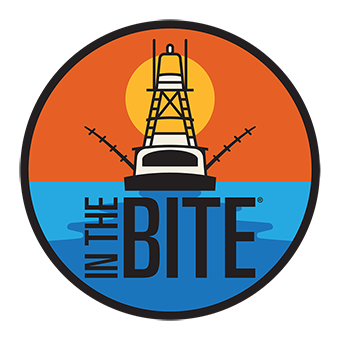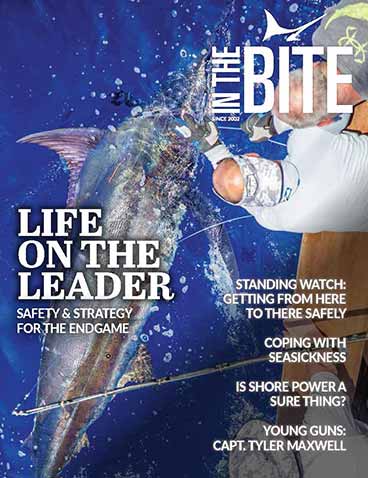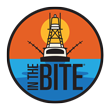A Captain’s Guide to Making Money with your Boat
Boat Economics 101 and the Case for Boat ManagementDecoding the Charter Business Model: Navigating Management and ProfitabilityUsing Your Boat to Exploit Economic OpportunitySelling Your Build SlotRehabbing and Flipping to Making Money with Your BoatConclusion You've heard them. You must have¦ After all, there are just so many¦ How do you wind







